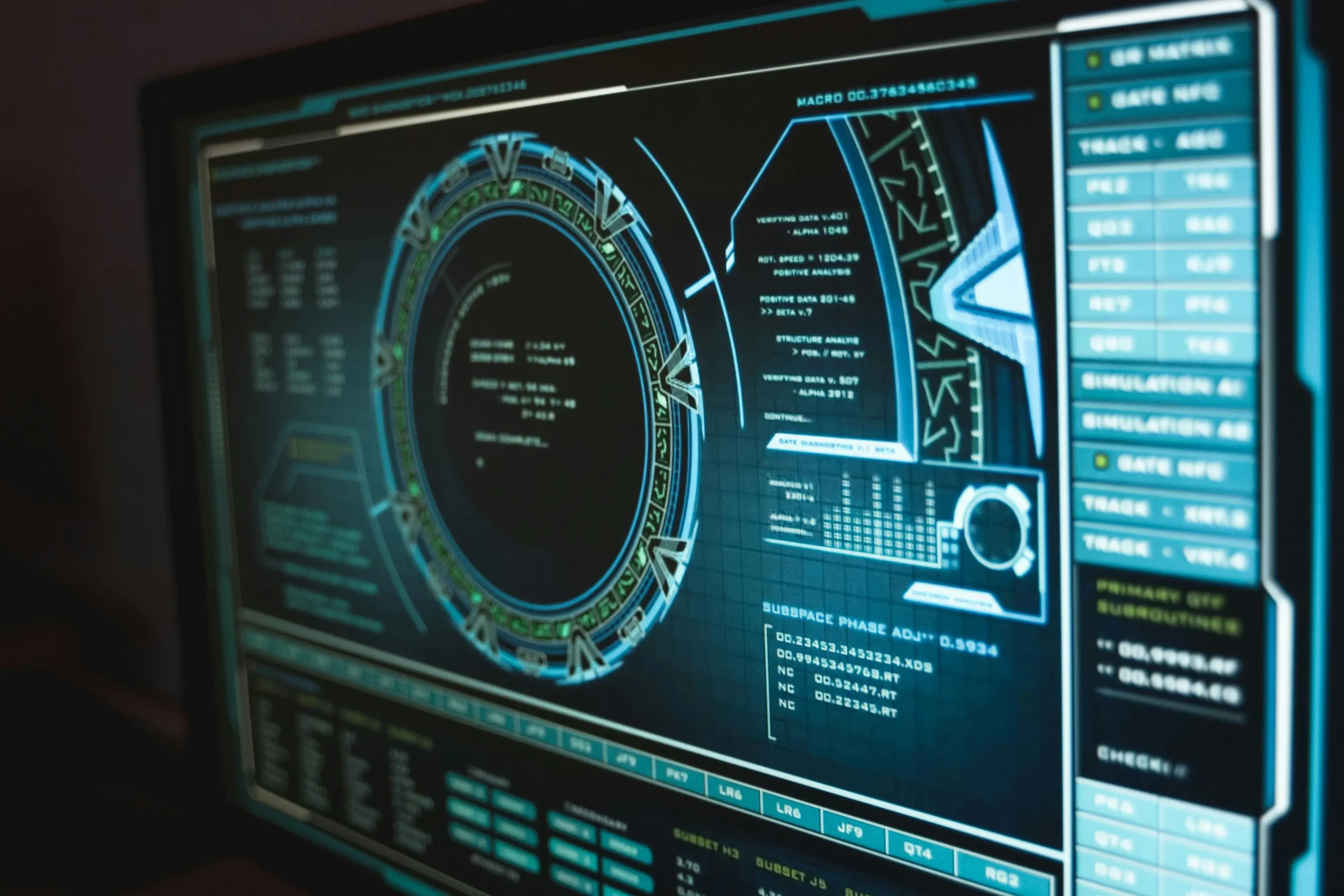Advances in AI have enabled extraordinary progress in protein engineering, promising new medicines and scientific insights. However, these technologies carry dual-use biosecurity risks, such as designing harmful toxins or pathogens that can evade existing screening systems. To address these challenges, researchers conducted a confidential two-year study developing AI biosecurity ‘red-teaming’ methods inspired by cybersecurity practices. Their work uncovered vulnerabilities in nucleic acid screening and led to practical patches now adopted worldwide, enhancing the resilience of synthesis company defenses.
The dilemma of disclosure arose from balancing scientific openness with preventing misuse of sensitive methods. After multi-stakeholder deliberation, a novel tiered access system was created with the International Biosecurity and Biosafety Initiative for Science (IBBIS). This system classifies data by hazard level, requires researcher vetting and non-disclosure agreements, and includes provisions for eventual declassification and stewardship. Funding for this enduring framework was secured by an endowment, ensuring ongoing responsible data sharing.
This approach, formally endorsed by the journal Science, sets a precedent for managing information hazards in biological and other dual-use research fields. It demonstrates that scientific reproducibility and risk management can coexist with coordinated institutional mechanisms. The model provides a pathway for safe sharing and extension of sensitive AI-related biological research, protecting societal safety while advancing scientific progress.
👉 Pročitaj original: Microsoft Research AI





